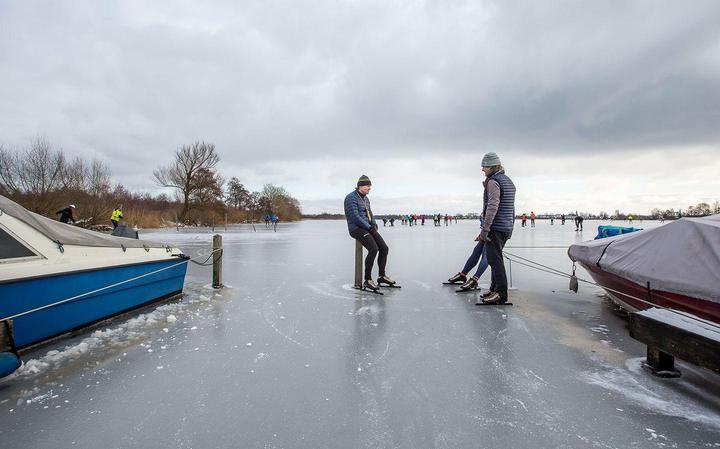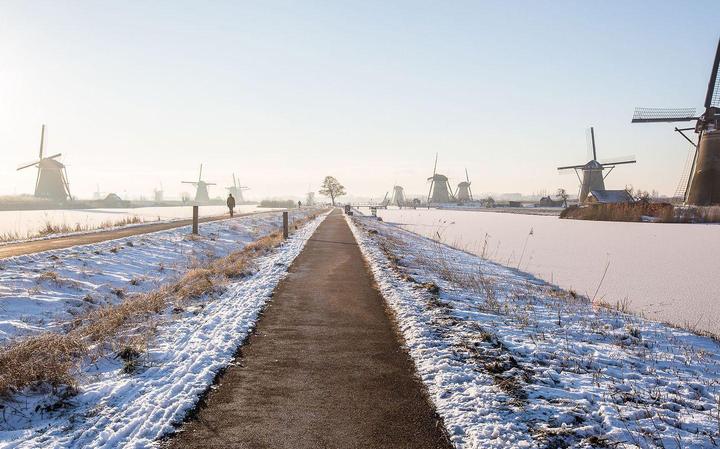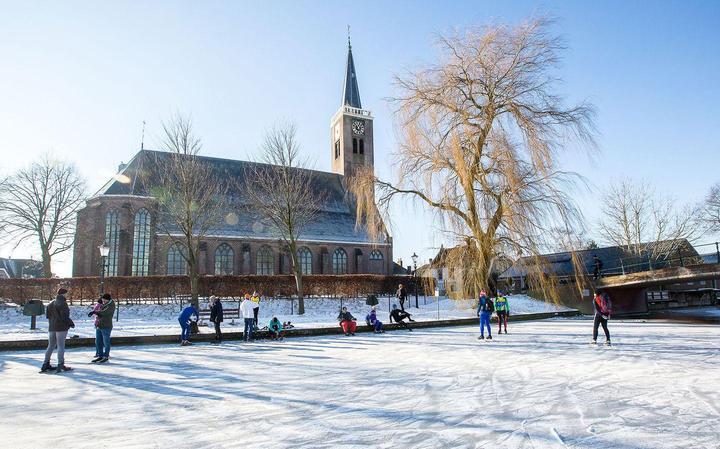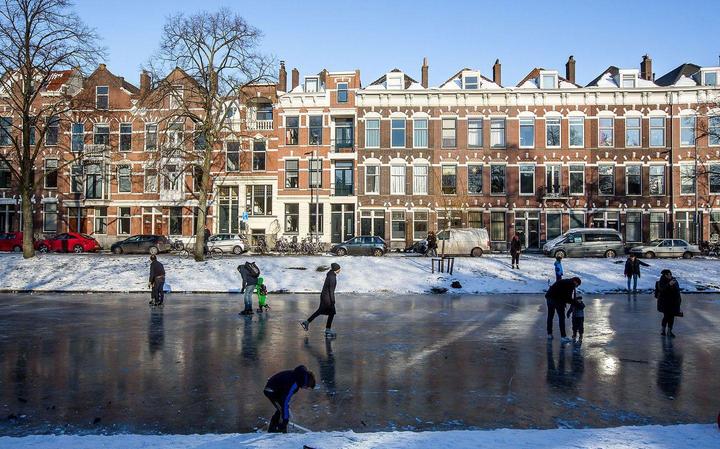Why the Dutch love to ice skate
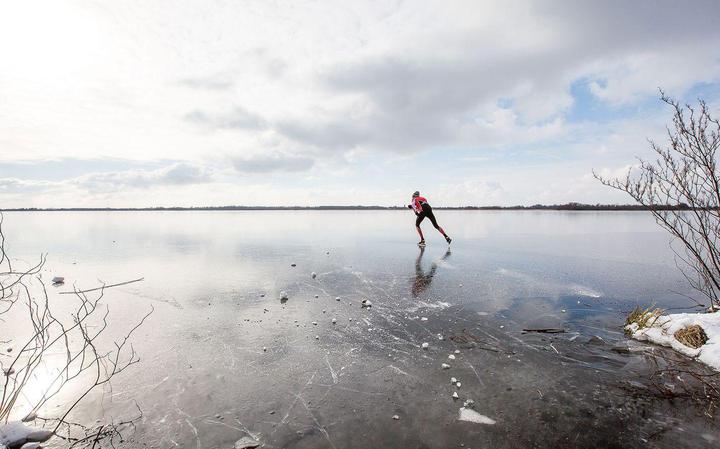
When winter is gloomy – particularly during Covid – cold and ice bring relief and joy to the Netherlands, where a passion for outdoor skating is embedded into the culture.
A land synonymous with winter activities like ice skating, the Netherlands welcomes cold weather. However, over the past few decades, climate change has made severe winters increasingly rare, much to the dismay of locals from Maastricht to Harlingen who want to don their ice skates and take to the country’s frozen ponds, rivers and canals.
So, when a major cold snap does come – as one has recently, with the Netherlands’s first major snowstorm in a decade – the cold and ice are embraced with widespread joy.
The first ice
After a significant temperature drop, as low as -20C, the Netherlands can turn into an ice-skating paradise within a few days. Puddles, lakes, ditches and canals freeze over, and hundreds of thousands of skating enthusiasts brave the cold and head out into nature. While an ice thickness of 7cm is generally considered safe for skating, many can’t wait and take to the ice before it’s fully formed, despite warnings not to go out on thin ice.
The Dutch enthusiasm for skating dates back centuries, though its origins are rooted more in practicality than recreation. “The connection between The Netherlands and ice skating goes back to the year 800AD,” said Dutch skating historian Marnix Koolhaas. The English word “skate” is derived from the Dutch word “schaats”, which some believe is linked to “shank bone” and refers to how skate blades were initially made out animal bones. Centuries later, wood was substituted for bone, and in the 1500s the first iron skates were manufactured.
The connection between The Netherlands and ice skating goes back to the year 800AD
“Before the era of cars and trains, ice skating in wintertime meant a physical reduction in distance,” said sports historian Jurryt van de Vooren. “It was mainly used as a means of transport by poorer people, starting since the late Middle Ages. For example, farmers brought their products to the market on skates. Nowadays, skating has become only recreational.”
For many Dutch people, the love for ice skating is always bubbling below the surface and gets reactivated the moment an opportunity for outdoor skating arises.
https://twitter.com/ingmarreesing/status/1360672260093280256?s=20“There are indoor rinks, but that’s not nearly as special as natural ice,” said ice skating enthusiast Kees van Unen. “Ice skating in nature is about being outside, about freedom. And not only does the ice offer a different perspective on our landscape and scenery, it also takes you to earlier stages in life. For example, in this village of Schermerhorn in the West Friesland region, I skated many times as a little boy. I remember those times well, because it just didn’t happen that often.”
